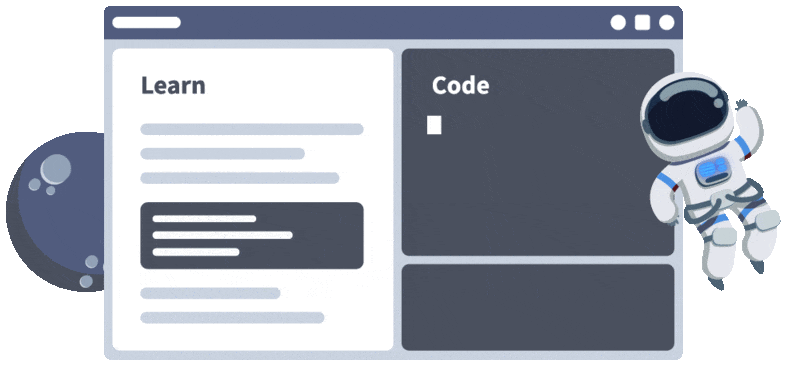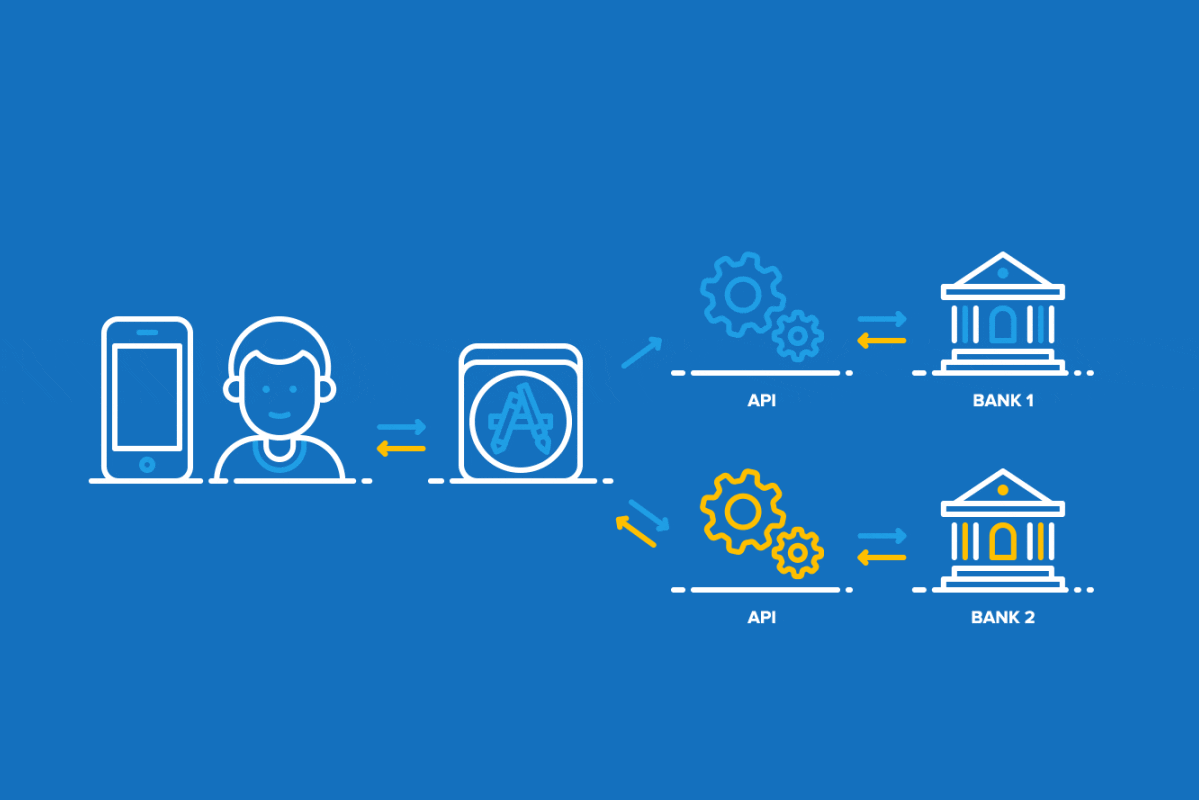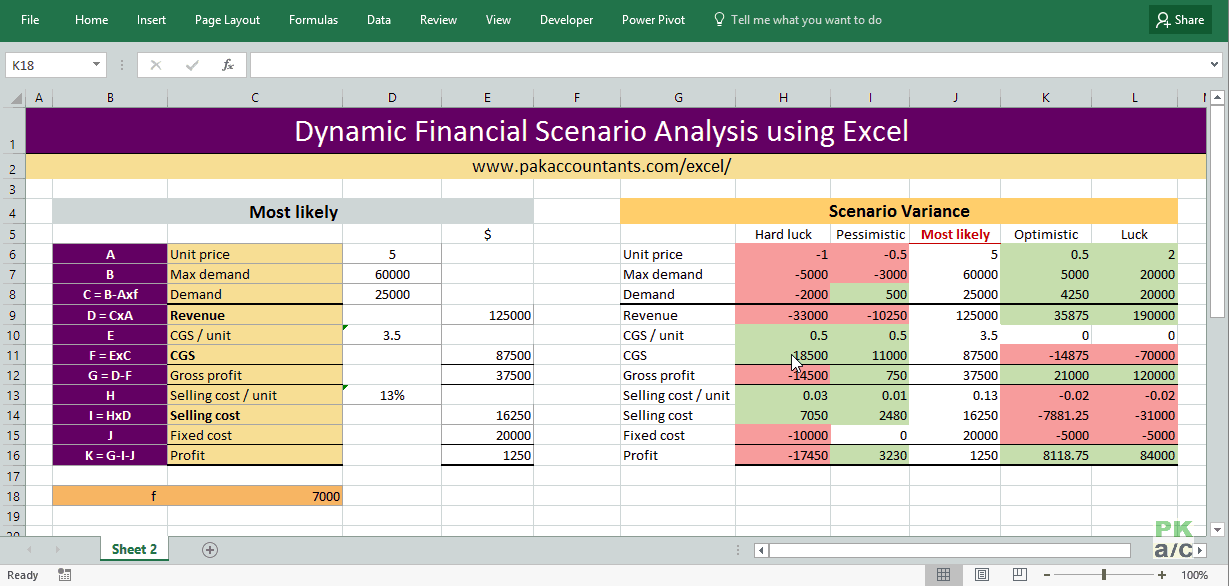COVID-19, a deadly virus that originated from Wuhan, China, has been declared as a pandemic by the WHO lately. The whole world is in quarantine to stop the spread of the on-going pandemic to further extend. The world has united to fight against the common cause. The results are most anticipated from the AI and Big Data to sustain through this so uncalled time.
Artificial Intelligence training is already helping many countries to fight against coronavirus and executives from Amazon, Google, Microsoft, and Apple met officials at Downing Street recently to discuss their role in the Coronavirus crisis. It is no secret that “Data” is the new gold; it is no less than a miracle that even on such a large scale shutdown of the economy the countries are doing well in providing necessities to the citizens. It is done by proper modeling and tracking of data.
What is modelling and tracking data?
Machine learning (ML) an advanced version of AI, has come to play a significant role in fighting CONVID-19. Five years ago, many were asking whether these models could be used to optimize corporate performance but now is the time when these models are helping daily to fight against coronavirus. Tracking the data using parameters and altering the matrix could come in handy in maintaining the resources and handling the outbreak in a more optimized way possible.
How to use the available resources to fight against the coronavirus?
Countries like South Korea have an advanced digital platform for big data mining and they are already running government-run big data platform that stores citizen information and monitors foreign nationals and integrates all hospitals, government organizations, final institutions, and all other services too.
AI and Big Data have surely revolutionized the approach to fight the outbreak. Tracking and forecasting the path of infection and detect the most infected area to send instant help to limit the spread.
The difference is the quality of the data
Pumping huge amounts of data into AI and machine -learning systems is no guarantee of success and it makes it difficult to ensure that people focus on relevant information and not get mislead by hysteria. A recent update by Facebook stated the concern about the public reaction on the outbreak. They told us that they are monitoring people’s response to this outbreak and detecting the most affected areas across the world. This has come to be of great help in monitoring the outbreak on a global platform.
Using fresh data in these circumstances is of high priority as early detection of the virus can save other people from getting infected. Many countries have also introduced a quick reaction team and total isolation chambers to limit the contamination. Many drive-through labs are operational where you can get your results while sitting in the car and get treatment instantly if infected. AI and Big Data-based start-ups are busy in making thermometers which can detect CONVID-19 at early stages.
Finding the cure using AI and Big Data Analysis
Exscienta, a British start-up became the first company to test AI-designed drug molecules on humankind. There are some limitations in finding the cure as it takes a long time to study the pattern and create algorithms
Conclusion
AI and Big Data have surely revolutionized the campaign again coronavirus in all aspects possible be it keeping the people comfortable and safe in quarantine or let it be the fight against coronavirus on the front ground and it’s no wonder why AI and Big Data analytics is booming globally and many companies are shifting their focus towards this upcoming mega technology.




 The
The 